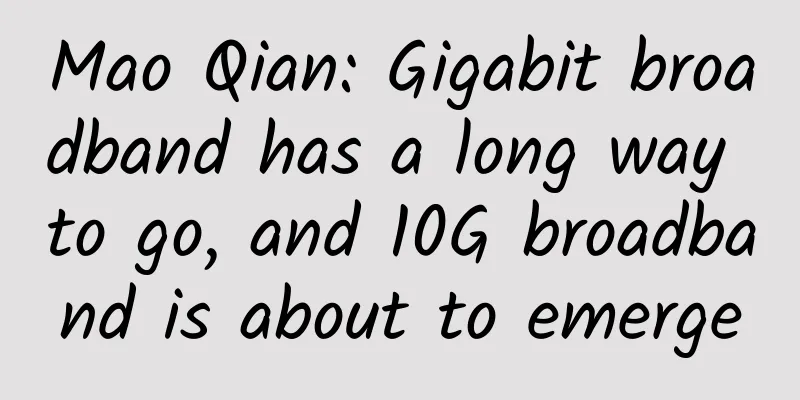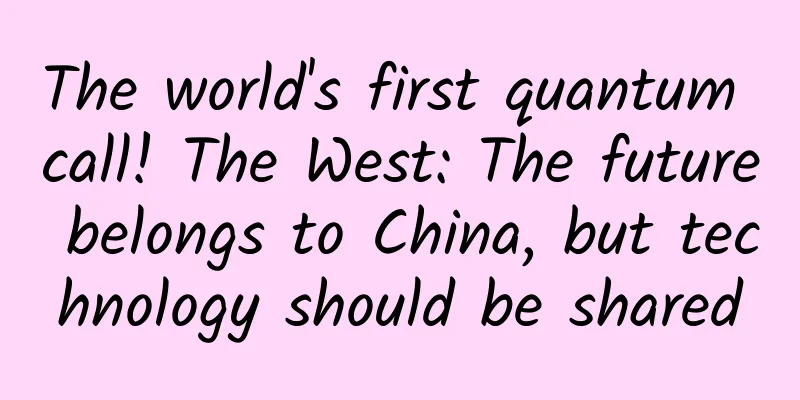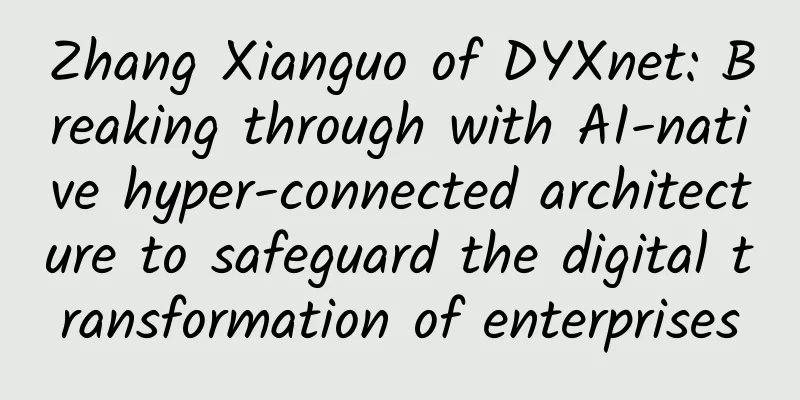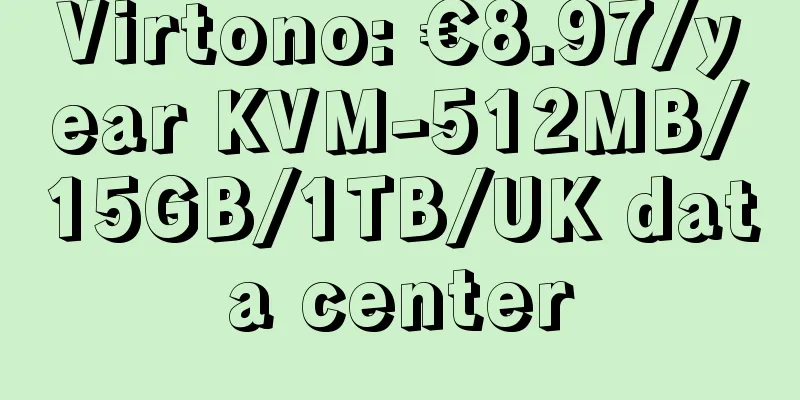Is 5G not the only option for the Internet of Things?
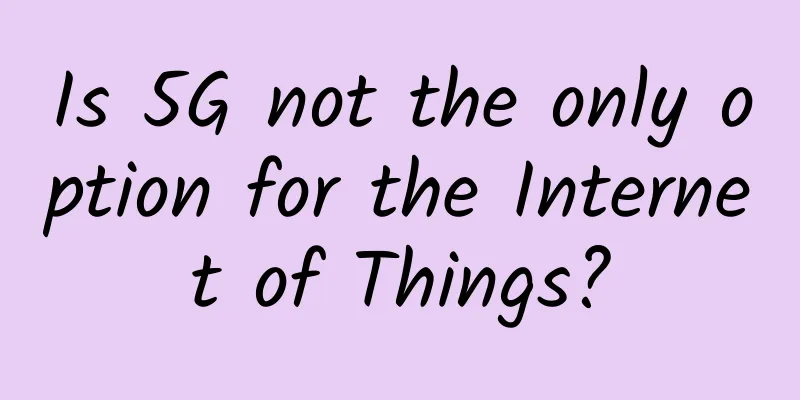
|
While the Internet of Things has the potential to revolutionize every industry, businesses and enterprises have serious concerns about connectivity. In fact, a report from Inmarsat, which surveyed 500 senior management respondents from major IT organizations, found that 54% of respondents said connectivity was the biggest barrier to IoT deployment. Gartner predicts that there will be 20 billion connected devices by 2020, while Ericsson and Cisco each predict 50 billion connected devices by the same time. This was also before the nationwide rollout of 5G, which was mistakenly seen as a panacea for connecting all kinds of devices. It is undeniable that 5G connectivity will absolutely provide faster data speeds for specific devices. However, it is not the only source of wireless connectivity for every connected tablet, sensor, car, or refrigerator.
5G is not the only IoT connection, for three main reasons: 1. Business and Networking Models Today, companies typically pay a monthly connection fee for each device they connect. As hundreds of thousands or even millions of new devices come online, it seems unlikely that businesses will continue to use this approach. Think of a logistics company that has sensors on millions of packages it delivers every day. This means millions of new users will have to pay monthly fees to mobile operators. II. Various spectrum uses: Combined with the idea of how things are connected today, it's important to consider how you choose to connect. The way the country handles wireless spectrum gives companies the ability to use specific bandwidths. In some cases, some bands are reserved for specific uses (for example, public safety), and more bands are left blank, an approach designed to ensure that everything can be connected today. However, as the demand for more devices to be connected increases, scalability becomes an issue. For example, a connected oil pipeline might only need a low-power sensor to identify whether the oil is flowing properly. In this case, the amount of data being transmitted is very small, and it is located in a remote area with very little connectivity. The oil company may want the signal to be transmitted on a very low frequency band because it can propagate better. At this point, operators are testing different spectrum options for 5G applications, from lower bands such as 600MHz to higher bands such as 2.5GHz, 3.5GHz, and 5 GHz, also including licensed and unlicensed spectrum. Finally, through various acquisitions, some wireless operators are also exploring higher spectrum testing for 5G in the 24GHz, 28GHz, and 39 GHz bands. With all the various spectrum options being tested, the possibility of a “one size fits all” seems far-fetched, and a variety of technologies and equipment are needed to meet enterprises with different needs to support their IoT development. 3. Redundancy It’s critical for a device to have redundant, multiple connections to ensure constant connectivity. This includes airlines that have multiple ways to track their aircraft, and healthcare companies that can monitor signals from heart monitors. However, each frequency may require its own antenna, which can make the device larger, and different frequencies have their own challenges, such as not being able to penetrate concrete. In these cases, we can talk about multiple network operators that each device can use. Summarize The Internet of Things is coming, and some companies are looking to address the challenges outlined above. But for businesses looking to 5G to deliver high-speed mobile connectivity and the data convergence that the Internet of Things will create, it’s important to take a step back and recognize that a broad set of issues are about to emerge as we approach 2020. |
<<: 13 key technical differences between SD-WAN providers
>>: How should NFV be deployed today?
Recommend
DediPath Fall Promotion: 40% off all VPS/Hybrid Servers in Los Angeles, starting at $39 per month for dedicated servers
DediPath is a foreign VPS service provider founde...
Experts gather between REST, gRPC and GraphQL!
REST, GraphQL, and gRPC are the three most common...
People's Daily pays attention to the speed limit of network disk: Let the speed limit of network disk be increased
On January 21, the People's Daily published a...
Why do you need a managed switch?
When dealing with complex network environments, i...
How to change the password of a wireless router? Learn step by step
Wireless routers have become a must-have for ever...
How to operate a big data center, these three indicators should be considered first!
Big data continues to impact large-scale enterpri...
This article will help you understand the difference between fog computing and edge computing!
1. What is the difference between fog computing a...
5G: Number of terminal connections exceeds 200 million
2020 is the first year of large-scale constructio...
The battle for lightweight wide area networks: What makes LoRa different?
Technically, the various WAN technologies vary du...
[11.11] LOCVPS top up 1000 yuan and get 100 yuan, Hong Kong VPS 30% off, 20% off for all
LOCVPS (Global Cloud) released a promotional plan...
When Wi-Fi 6 enters the home, car and other industry markets, modules become the key players!
"What's the Wi-Fi password here?" I...
Tencent Cloud Lightweight Cloud Server Existing Users Free Upgrade, No Price Increase for Additional Usage
Tencent Cloud, a major domestic cloud server manu...
Learn Python network programming from scratch: Explore TCP protocol and example demonstrations!
Python is a high-level programming language with ...
Justhost updates system templates, 18 data centers with unlimited traffic VPS starting at $1.07 per month
Justhost sent a lot of emails about changes and u...
Yecao Cloud New Year Promotion: Hong Kong VPS special price 40% off annual payment from 88 yuan, Hong Kong dedicated server from 199 yuan/month
Yecao Cloud has launched a 2024 Spring Festival p...

